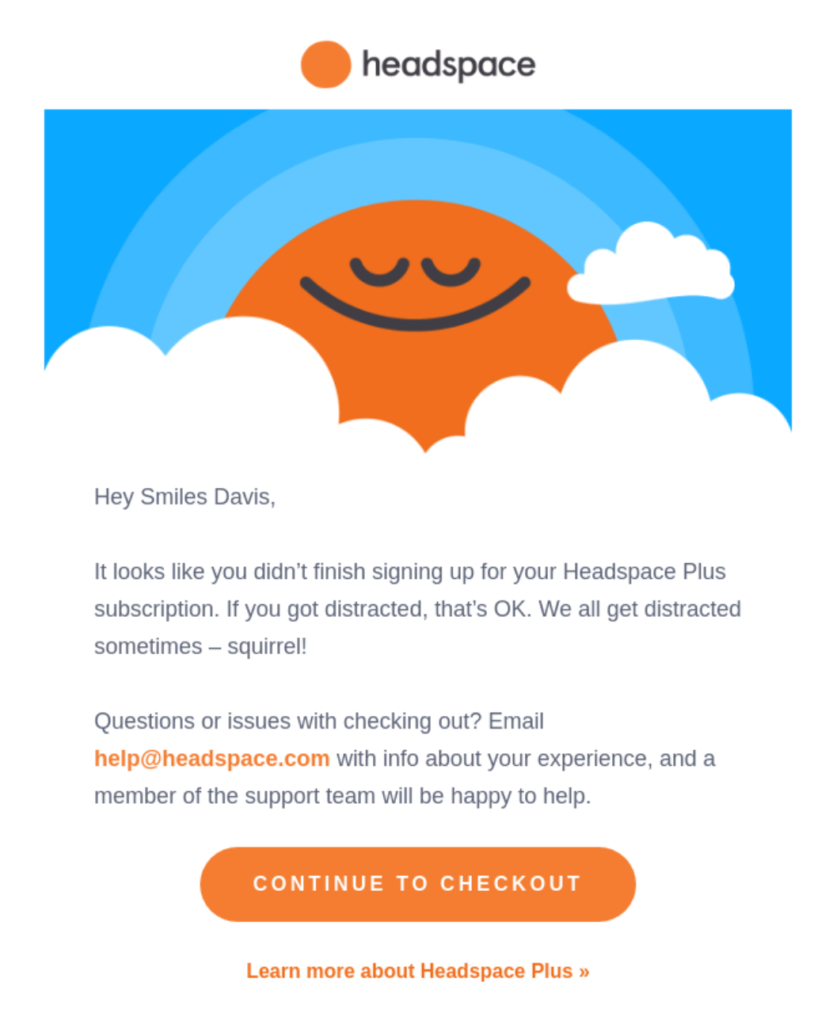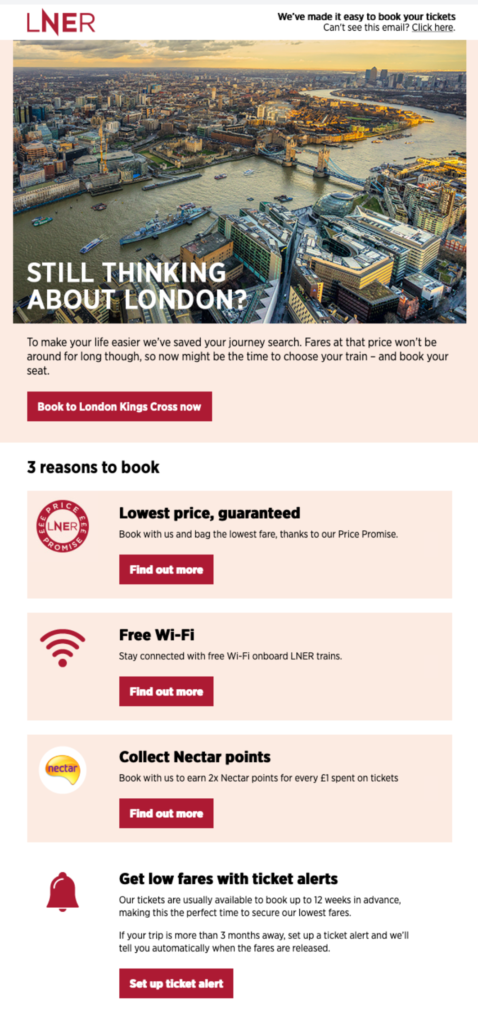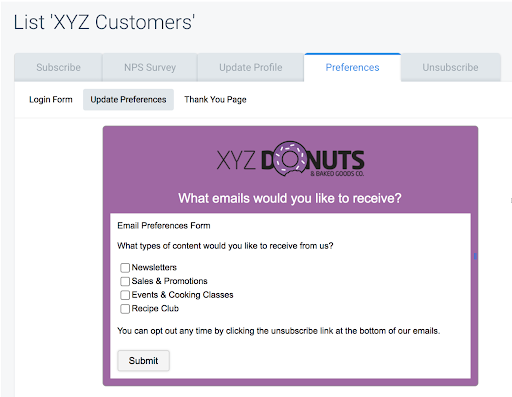Are you trying to unlock the hidden potential of email marketing? From email design to email compliance, campaign success all boils down to email marketing best practices. In this article we’ll take a deep dive into email best practices and how they are key to optimising your results and navigating the competitive playing field of reaching your subscriber’s inbox.
Don’t purchase any email list
While acquiring many email addresses at once may seem easier, the quality, accuracy, and deliverability are often subpar. Purchasing email lists is linked to several issues that could harm your email marketing initiatives. They often contain outdated and unreliable information, which can lead to poor deliverability of your content or a high bounce rate.
Furthermore, since these contacts have not explicitly provided consent to receive emails from your organisation, this can lead to a high spam rate. This can impact the success of your current email marketing projects and damage your IP reputation.
Use personalisation that goes beyond first name greeting
Personalised emails are opened 82% more than generic emails. Your business should use customer data to customise content to align with their browsing behaviour, preferences, and purchase history. This can improve engagement and establish trust with the customers.
Abandoned cart emails
Abandoned cart emails can help you recover delayed or potentially lost sales. These types of emails are used to remind customers about the products they indicated an interest in but did not actually purchase. You may also consider providing incentives such as free shipping or discounts to encourage them to complete their abandoned purchases.
In this example, Headspace uses humorous, on-brand content to remind potential customers to complete their sign-up process.

Anniversary emails
Celebrating important milestones through anniversary emails can be an extremely effective way to acknowledge customer loyalty and strengthen their relationship with your business. You can recognise their commitment and show appreciation for their support by providing exclusive discounts or rewards.
In this example, Uber uses their customer data to drive engagement. Using hyper-personalised stats like this gets subscribers excited. Uber provides links to socials to urge subscribers to share their experience on their networks. This is a great example of how your business can use anniversary emails to create user-generated content and organic customer promotion.

Post-purchase email nurture
Your business can leverage post-purchase emails to nurture existing customer relationships to encourage repeat purchases. These emails can encourage feedback, cross-sell other products or services, distribute valuable product-related content, and more.
This email follows up with attendees with cocktail recipes from the class. Using value-add content like this helps nurture customer relationships and more likely to turn attendees in advocates for your business.

Website browsing emails
Your business can leverage customer browsing behaviour to automatically send targeted emails with promotions, reminders, and tailored recommendations. This can encourage potential consumers to take immediate action all while keeping your brand top-of-mind.
This railway company leveraged email personalisation to remind customers to book trips the were recently browsing.

Optimise for all devices and servers
While ensuring that your content is engaging and relevant to your consumer’s needs is crucial, it is equally essential to ensure that your emails are visually aesthetic and accessible across different devices and servers. Your emails should be able to adapt to different screen sizes and email platforms without compromising functionality or rendering.
Vision6’s integration with Litmus, one of the most popular and effective email testing tools, can enable your business to comprehensively test design, versions, displays, and performance. By optimising your emails to all devices and servers, you can ensure that all readers receive a consistent and seamless user experience.
Get Your Email Dimensions Right
Email width
Email deisgn best practices would dictate to aim for an email width of approximately 600 to 800 pixels so you can accommodate different screen sizes. If your email design is too wide, subscribers on mobile devices may need to scroll horizontally. This can significantly impact user experiences.
Email length
The length of your emails should be focused, concise, and relevant. Your business should create emails that effectively deliver your message without losing their attention. Ideally, email length should not exceed 1500 pixels so that your email load time isn’t affected.
Image size
Images can be beneficial for enhancing the overall appeal of your emails. However, the images you include in your email content should load quickly and display correctly. Images should be compressed without sacrificing quality to minimise the size of your emails. An image file size of 250 KB is ideal for optimal performance and loading times.
CTA button size
Your Call-To-Action (CTA) buttons should be easily accessible on all devices. You should also make sure they stand out from the rest of your content by using contrasting colours and engaging copy. The ideal size for a CTA button is typically a height of 45 pixels and a width of 350 pixels.
Split test your email subject lines
In Vision6 you can split test two subject lines at the same time to determine which performs better. Our system will automatically divide your email subscriber list into segments and test each variation. Analysing open rates and engagement will determine which subject line resonates best with your target audience.
Give your email list a regular clean
Regularly cleaning your list to identify and remove disengaged or inactive readers is a crucial aspect of the success of your email marketing initiatives. This can ensure that your content is only sent to readers genuinely interested in your content, products, and business.
Your business can identify subscribers that may not have interacted with your email for an extended period by analysing conversion, open, and click-through rates. While re-engagement techniques may be successful at times, your business should ultimately remove addresses that have proven to be unresponsive.
This process can improve deliverability, reduce the risk of your emails being flagged as spam, and ultimately increase the probability of success for your campaigns.
Set-up double opt-ins
Double opt-in refers to a process that requires readers to undergo an additional confirmation step to join your subscriber list. This is typically achieved through an automated confirmation email that asks subscribers to verify their intent to receive emails from your business. This can ensure that you only send emails to active subscribers genuinely interested in your content. It can also guarantee that subscribers enter valid email addresses. This prevents non-existent or inaccurate email addresses from being added to your subscriber list database.
While double opt-ins may reduce the overall size of your subscriber list, the active consent associated with double opt-ins can significantly improve engagement and minimise spam complaints.
Make sure you have a ‘View In Browser’ link
Including a ‘View In Browser,’ option can ensure that your subscribers receive an optimal user experience and can access your content efficiently. This link can address device incompatibility, display issues or other potential viewability problems that subscribers may face.
A ‘View In Browser’ option provides viewers with an alternative method of viewing your content if their current device or screen presents issues with the format or size of your email content. By including this option, your business can cater to a broader audience and enhance the impact of your campaigns.
Keep your main CTA above the fold
Positioning your primary CTA ‘Above The Fold’ is another email marketing best practice that refers to a tactic used to maximise conversions. It involves placing your direct CTA at the top of your email so that it is immediately accessible to readers without needing them to scroll.
This placement can immediately capture their attention and encourage them to take the desired action from the beginning of their interaction with your email. This approach is especially useful for achieving important email marketing campaign objectives and advertising time-sensitive offers.
Set up a welcome email
One of the most important best practices for email marketing is setting up a welcome email. Welcome emails can allow your business to nurture new potential customers immediately after they sign up for your subscription list. They can be used to express appreciation for their decision to engage with your content, introduce your brand and its offerings and describe the benefits that they may receive by continuing to consume your content.
Your welcome emails should begin with a friendly and personalised greeting to build trust with your audience. Then you should briefly introduce what your company does and its values. You can also consider linking to your website, social media accounts, and other potential communication channels to foster continued engagement and connection.
Welcome emails can not only establish a positive brand identity and create a solid first impression with new readers but can also establish a clear foundation for all future communication with your brand.
Don’t overwhelm your readers with words
Avoid jargon and complex terminology
It is extremely important to communicate with subscribers in language and terminology they can easily understand. Complex jargon and technical industry-related terminology may overwhelm or confuse your readers. Instead, use straightforward and comprehensible language that can easily resonate with different demographics. This can make your content more inclusive and accessible to your readers.
Use contractions
Using contractions is an effortless way to promote more friendly and familiar customer relationships. By replacing phrases like ‘how is’ with contractions like ‘how’s,’ your business can establish a more relaxed and conversational tone with readers.
Make sure your tone of voice is suitable
The tone of voice your business uses in its communication can make or break an email marketing campaign. It should appropriately align with your reader’s needs, preferences, expectations, and your business’s intent and objectives. Your tone should strike the right balance between relatability, professionalism, consistency, and authenticity.
Report and optimise
Analysing your email data is email marketing best practices 101. Data-backed insights are quickly becoming the backbone of supporting an email marketing strategy. Reporting and continuous optimization can facilitate more informed decision-making and refine the intricacies of your email content.
Important metrics to analyse include unsubscription, bounce, open, conversion, and click-through rates. Insights from these KPIs can determine the success of content variations, subject lines, and specific campaigns. Feedback from readers can also be highly beneficial for understanding how your email communication is perceived by its intended audience in real-time.
With our click map reporting tools, your business can gain valuable insights into which specific links or email elements generate the highest engagement levels from subscribers. This information can help you optimise and refine future campaigns to maximise open rates, increase engagement and capture your audience’s attention.
Don’t use a no-reply email address
A no-reply email address may discourage subscribers from openly communicating with your business. They may limit the seamless flow of information, feedback, and discussion with readers. Furthermore, this one-way flow of communication may leave readers feeling insignificant and disengaged, leading to a diminished perception of your brand.
Instead, consider using an email address that promotes and facilitates consistent interaction with readers. This can lead to increased customer inquiries about your products, positive feedback, and meaningful discussions overall.
Create a email preference centre
An email preference centre refers to a form or landing page that subscribers can use to specify how they want businesses to communicate with them. This could refer to the type of content or the frequency of emails they wish to receive.
Creating an email preference centre helps show subscribers that you value transparency, explicitly consent and respect their choices. Therefore, this process helps empower subscribers to shape their own user experiences by ensuring that their communication with your business is centralised around their specific interests and preferences.
With Vision6, your business can create short yet effective preference centres faster.

Stay compliant
Staying aware of and implementing email security best practices is essential for avoiding legal complications and maintaining a positive brand image. Therefore, while designing your email marketing strategy, you must also consider certain compliance-related factors.
Staying compliant involves:
- Obtaining explicit consent from customers before adding them to your subscriber list
- Implementing a secure opt-in process
- A straightforward method for unsubscribing from your email list
- Communicating usage of data transparently
- Familiarising yourself with laws and regulations related to spam and email content
Final Takeaway
Leveraging these best practices for email marketing can be extremely useful for enhancing the success of your campaigns. If you want more in-depth information about email design, check out our comprehensive guide here.
To take your email marketing strategies to the next level and drive long-term success, book a free demo today to unlock the limitless potential of Australia’s highest-performing and most robust email marketing tools.


